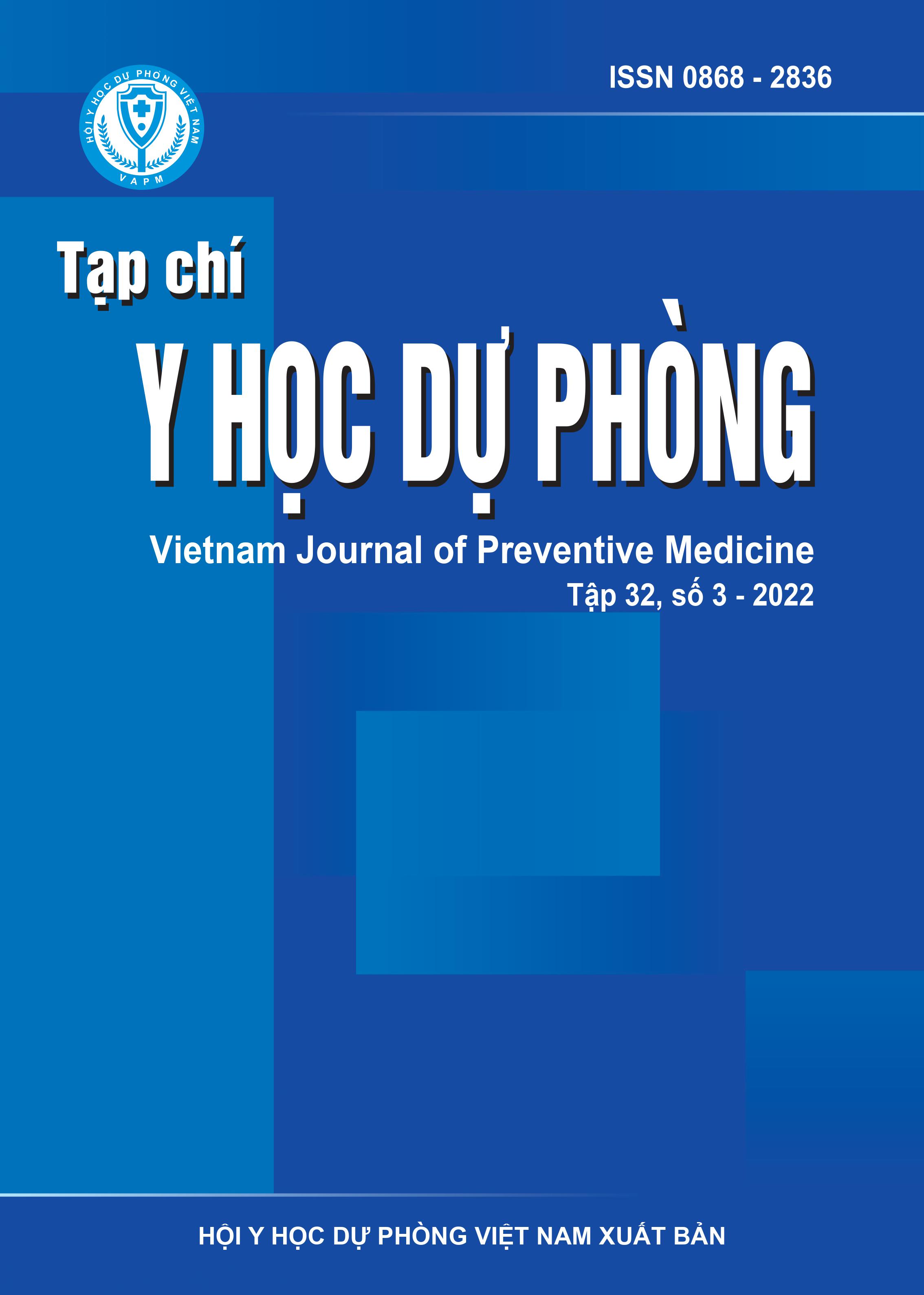Hazardous waste treatment by Hue city residents in 2020
DOI:
https://doi.org/10.51403/0868-2836/2022/643Keywords:
Status, hazardous waste treatment, household hazardous waste, healthAbstract
This study focuses on describing hazardous waste treatment by households. A cross - sectional descriptive study was conducted on 420 residents over 18 years old in 4 wards of Hue city by interviewing with a pre-designed questionnaire. The results indicated that 100% of surveyed households used products that would become hazardous when disposed. The corrosive substances group, which accounts for most substances studied (94.0%), includes batteries, accumulators, drain clearing solution, vim bleach, and clothes bleach. This group was also found to have the highest frequency of daily disposal (17.2%). Most people do not separate hazardous waste from other types of waste (97.1%). 68.8% of households do not have a good practice of treatment of hazardous waste. In conclusion, it is necessary to guide households to properly treat hazardous waste and encourage people to actively use alternative products that do not produce hazardous waste.
Downloads
Downloads
Published
How to Cite
Issue
Section
License
Publication License No 150/GP-BTTTT signed on May 8, 2014;
Electronic Publication License No 322/GP-BTTTT signed on June 15, 2016.


